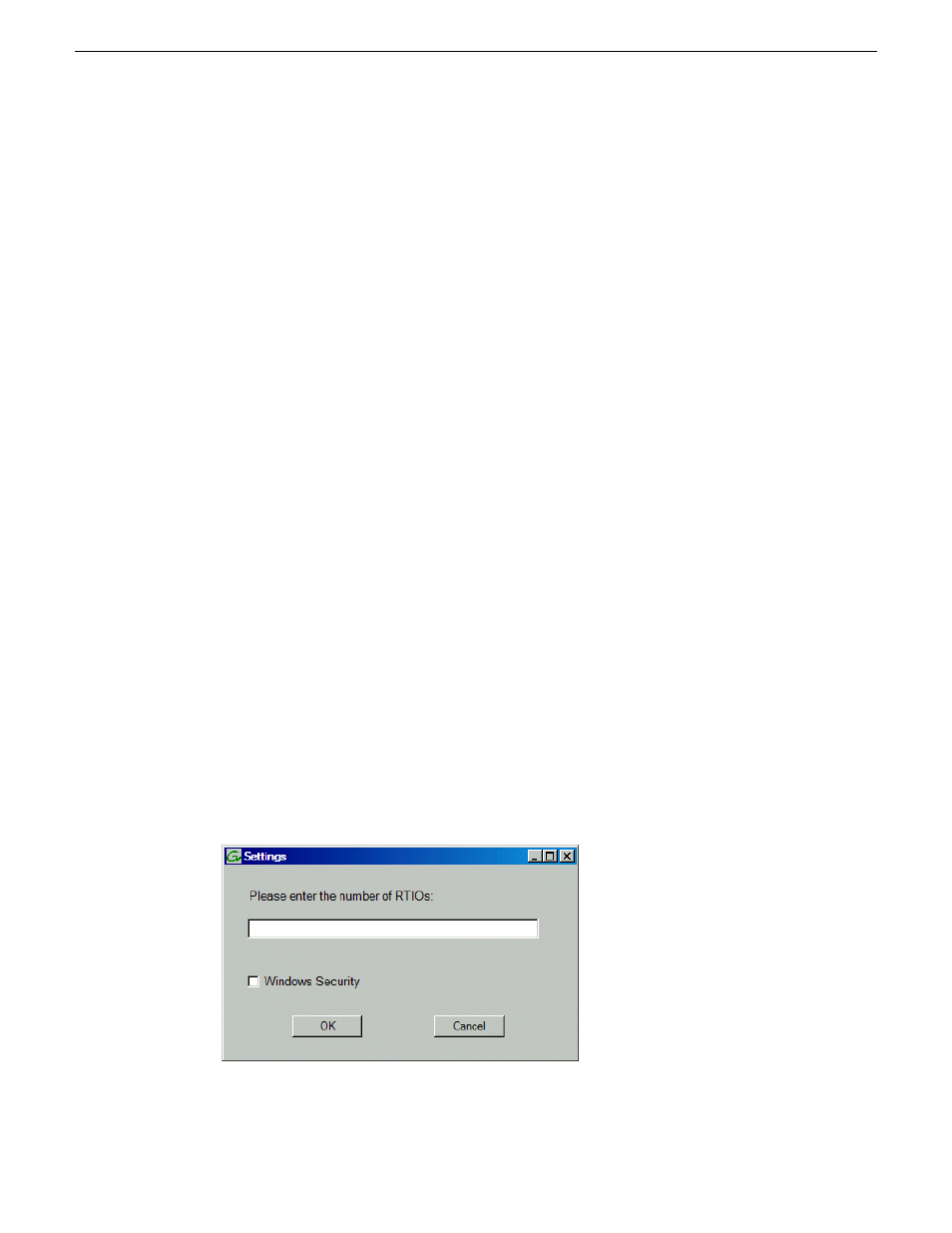Cleaning unreferenced movies, Making a new media file system – Grass Valley K2 Summit Storage Area Network Installation User Manual
Page 307

3. A message box reports results. Respond as follows:
•
If no unreferenced files are found, click
OK
to dismiss the results.
•
If unreferenced files are discovered, you are prompted to delete them. Click
Yes
to delete the
files or
No
to leave the files intact.
The process writes a log file to
C:\profile\logFS.txt
, which you can check for more information.
Cleaning unreferenced movies
1. In Storage Utility, click
Tools | Clean Unreferenced Movies
.
2. A message box appears “…searching …Please wait”. Observe progress.
3. A message box reports results. Respond as follows:
•
If no unreferenced movies are found, click
OK
to dismiss the results.
•
If unreferenced movies are discovered, you are prompted to delete them. Click
Yes
to delete
the movies or
No
to leave the movies intact.
The process writes log files to
C:\profile\cleanupDB.txt
and
C:\profile\MediaDB.txt
, which
you can check for more information.
Making a new media file system
The requirements for this procedure are as follows:
•
You must access Storage Utility (via the K2Config application login) with permissions equivalent
to K2 administrator or higher.
•
When you access Storage Utility, the K2 SAN must be offline.
•
All iSCSI clients and K2 clients in the K2 SAN must be shut down.
If your SNFS file system name is currently “default”, when you make a new file system the name
changes to “gvfs_hostname”, where hostname is the name of the primary FSM.
NOTE: You lose all media with this procedure.
1. In Storage Utility, click
Tools | Make New File System
.
The Settings dialog box opens.
2. For Real Time Input Output (RTIOs), enter the number specified for the design of your K2 SAN.
Contact your Grass Valley representative if you do not know this number.
18 November 2010
K2 SAN Installation and Service Manual
307
Administering and maintaining the K2 SAN
